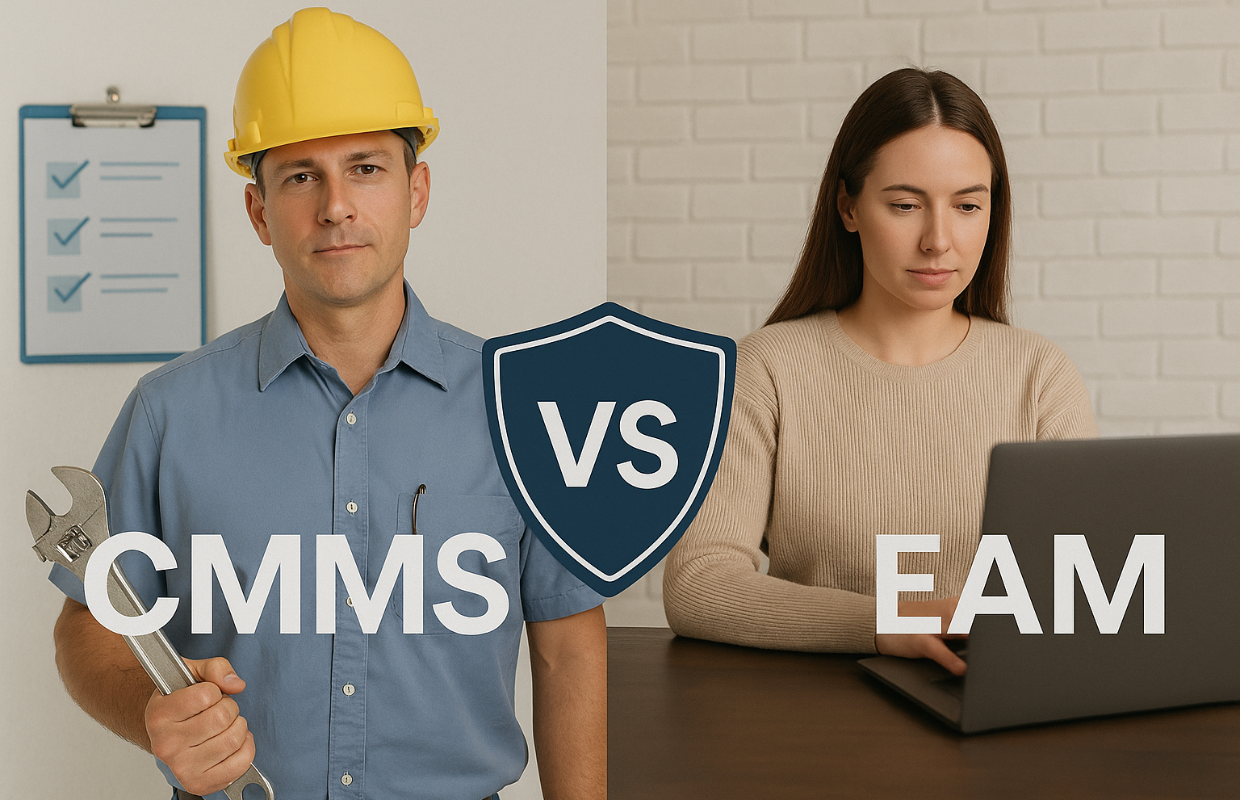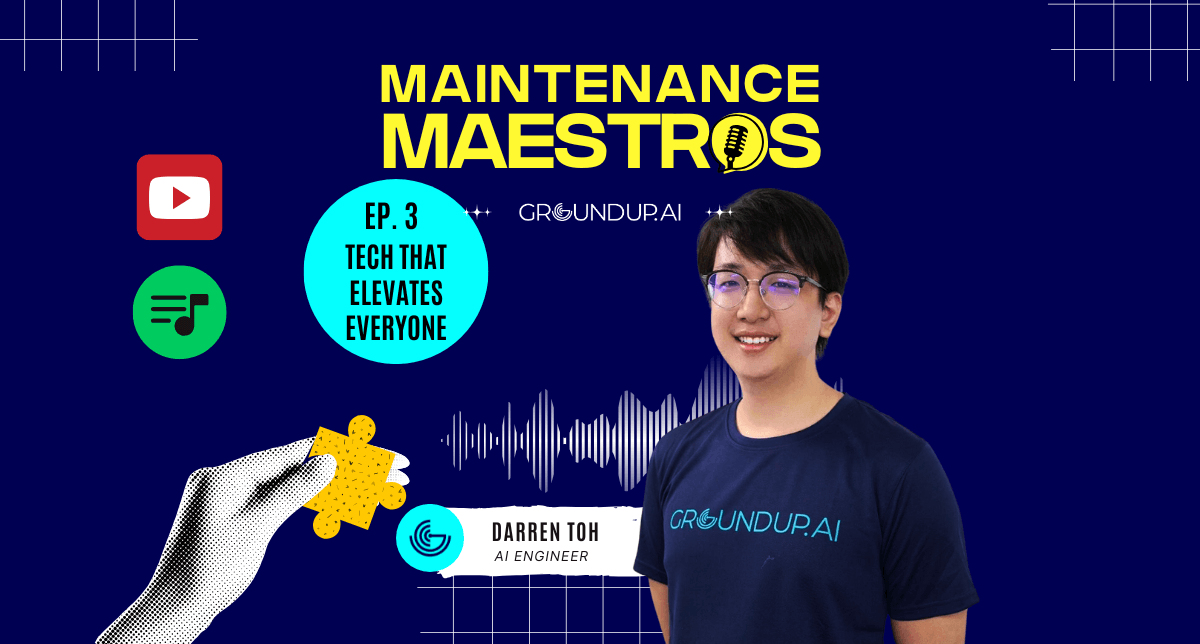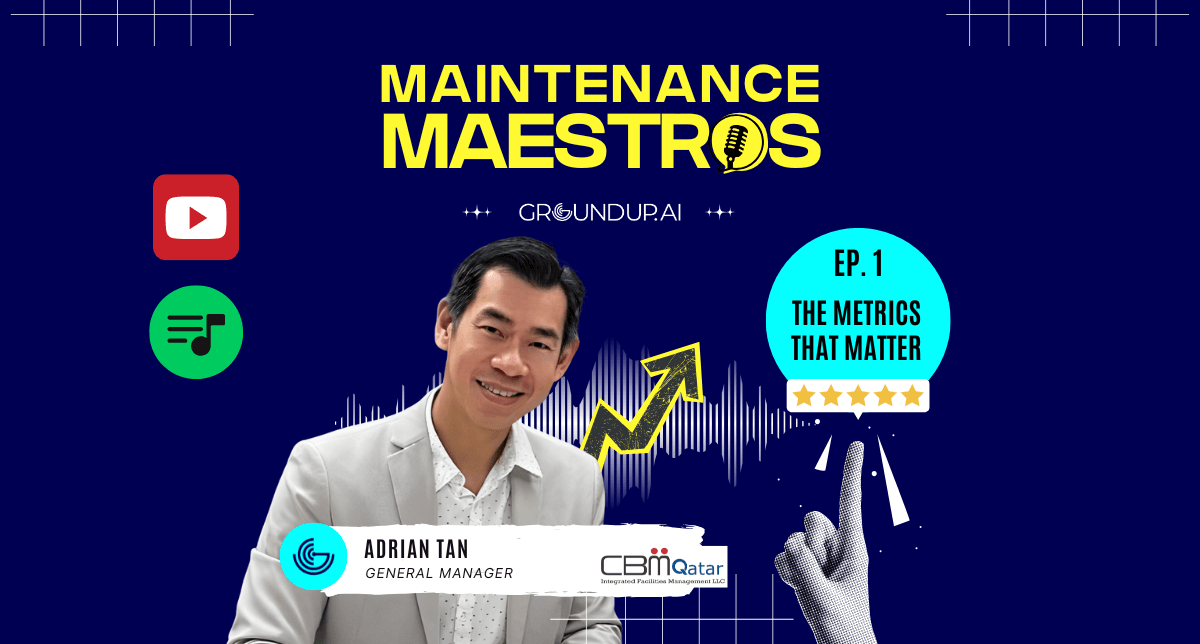If you’ve been researching ways to manage your maintenance or assets better, you’ve probably seen the terms CMMS and EAM. They sound similar, and in many ways, they are. They both help manage tools, cut down downtime, and stay on track. Still, they’re different.
This blog will help you understand CMMS and EAM software, their key differences, and which one suits your team more.
What is CMMS?
CMMS is short for Computerized Maintenance Management System. It works like a smart tool to help you manage repairs, inspections, and everyday maintenance.
A good CMMS will help you:
- Schedule preventive maintenance
- Track work orders
- Monitor equipment history
- Manage spare parts
- Keep technicians in the loop
If your team is always fixing machines or keeping up with maintenance, a CMMS can help.
What is EAM?
EAM is short for Enterprise Asset Management. It has all the functions of a CMMS and adds more features on top. With EAM, you can track and manage your assets from purchase to retirement.
With EAM software, you can:
- Plan asset purchases
- Track warranties
- Monitor performance
- Handle maintenance tasks
- Analyze costs and value over time
EAM systems are used by larger organizations that need a big-picture view of their assets across many departments or locations.
Their Similarities:
CMMS and EAM have some clear similarities:
- They both allow you to track and schedule maintenance activities
- They reduce unexpected downtime by helping you stay on top of equipment care
- They keep digital records for every asset, including its maintenance and performance history.
- They help with preventive maintenance by letting you set reminders, alerts, and repeat tasks.
So, if you are only looking at basic maintenance tasks, both systems might seem quite alike.

How They Are Different
Here’s where they begin to separate:
1. Focus
- CMMS focuses mainly on maintenance activities.
- EAM focuses on the full lifecycle of assets.
2. Features
- CMMS usually includes work orders, preventive maintenance, and asset logs.
- EAM includes those features plus budgeting, asset tracking, audits, and even procurement tools.
3. Users
- CMMS is often used by maintenance teams.
- EAM is used by operations, finance, and compliance teams, in addition to maintenance.
4. Data Depth
- CMMS helps answer questions like: “When was the last time we fixed this?”
- EAM helps answer questions like: “Is it worth keeping this asset another year, or should we replace it?”
5. Business Size & Needs
- CMMS is ideal for small to mid-sized operations with basic maintenance needs.
- EAM is better for larger companies that want full visibility into asset performance, cost, and planning.
Real-World Examples
Let’s say you manage a fleet of delivery trucks.
A CMMS will help you:
- Track oil changes
- Remind you to replace tires
- Keep records of repairs
A full EAM system will do all of that plus:
- Show the full purchase history
- Help calculate when it’s time to retire a truck
- Track costs over time
- Include budgeting and future planning
Which One Makes More Sense for You?
Think about what your team needs right now. Just need to keep your equipment in good shape and handle repairs on time? A CMMS is a smart and easy choice. Many businesses start with a CMMS because it’s simple and fixes problems fast. As they grow, they often switch to EAM for more advanced needs. Some platforms, like Groundup.ai, make that shift smooth by offering both options in one place.
Conclusion:
Both CMMS and EAM play an important role in asset and maintenance management. The key difference is scope. The best option really comes down to your goals, team size, industry needs, and where you see your business going in the future. CMMS helps you take care of assets by handling routine tasks like work orders and preventive maintenance. EAM, on the other hand, helps you manage assets by tracking their value, cost, performance, risks, and future plans.












